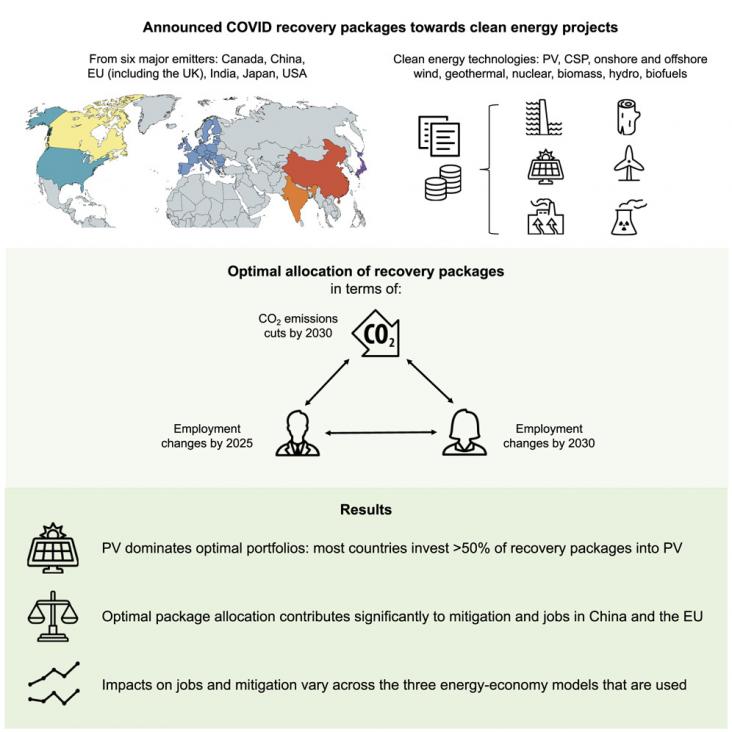
This article supports SDGs 8, 7, and 13 by incorporating investment portfolio analysis into three different energy-economy models to examine the climate employment co-benefits of green recovery packages in six major emitting regions.
Children with special healthcare needs (CSHCN) are particularly susceptible to extreme weather events. The aim of this study is to contribute to the limited body of literature related to the climate crisis and CSHCN, and to summarize possible ways to improve the disaster preparedness of families of CSHCN.
Edible macroalgae (i.e., ‘seaweeds’) are a nutritious and sustainable alternative to animal-based proteins.
This scoping review assesses the state of peer-reviewed literature on the health risks associated with climate change in the 21 Pacific Island states, analyzing quantitative and qualitative studies focusing explicitly on health outcomes, as well as studies focusing on health determinants or potential mediators along the climate-health pathway.
This scoping review was able to identify 25 tools and methods for assessing health vulnerability and adaptation to climate change, using the Joanna Briggs Institute (JBI) scoping review guidelines.
An Article in support of SDGs 3, 13, and 15, examining the effects of environmental degradation and climate variation on re-emergence of malaria transmission.
An Article in support of SDGs 3 and 13, assessing psychological responses among young people to the COVID-19 pandemic and climate change, particularly focusing on mental health conditions and feelings of agency.
An Article in support of SDGs 3 and 13, assessing the effect of temperature on the incidence of hate speech online, particularly in the context of climate change, mental health, and human behaviour.
This Article supports SDG 11 by investigating the impact of environmental sustainability in a developing nation (South Africa) through information and communication.

Big Earth Data infrastructure must further condense and abstract common workloads and application models with consideration for the features of Big Earth Data and the typical needs of SDG-related applications.Systems should be designed and built based on benchmarks, with integration and scheduling of services and resources as a central focus (e.g., high-performance, high-throughput, intelligent computing and cloud services). Focusing on transparent data access and efficient data circulation will help integrate software and hardware for increased performance, capacity, and flexibility.
